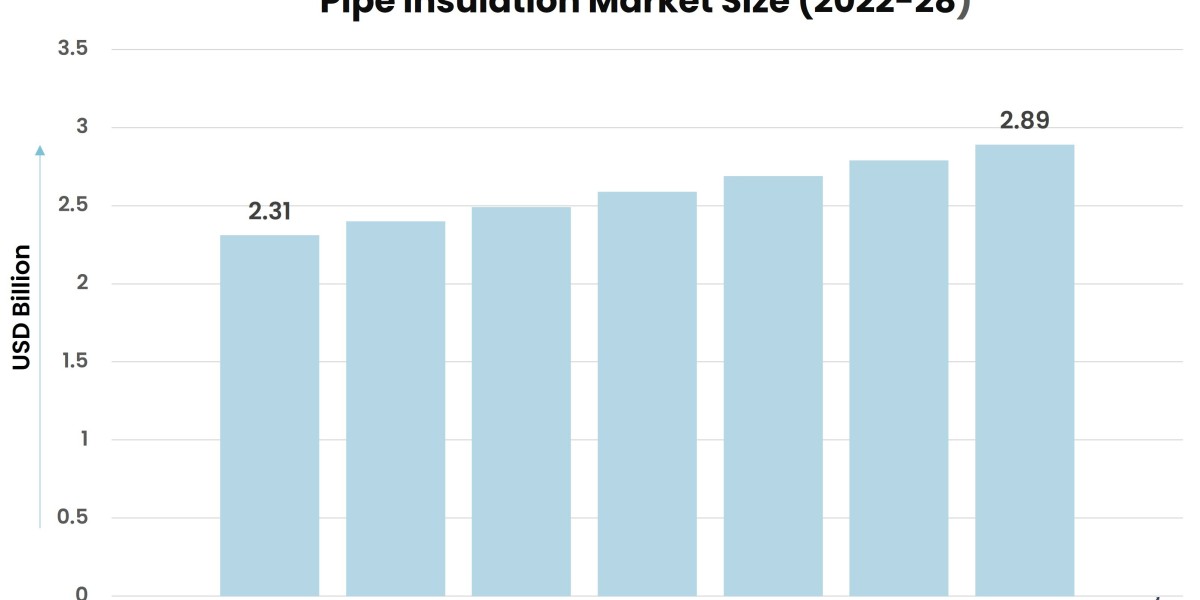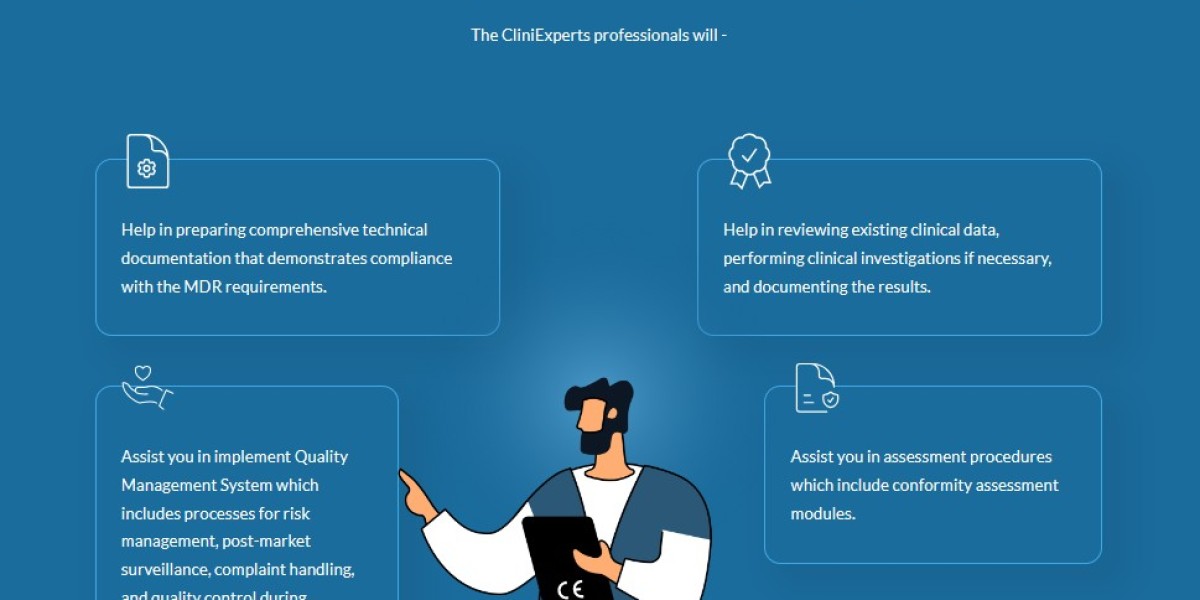According to Stratview Research, the pipe insulation market was estimated at USD 2.31 billion in 2022 and is likely to grow at a significant CAGR of 3.78% during 2023-2028 to reach USD 2.89 billion in 2028.
In the intricate network of industrial infrastructure, the importance of efficient pipe insulation cannot be overstated. Whether it's preserving the integrity of chilled water systems in commercial buildings or maintaining the temperature of critical process fluids in industrial facilities, pipe insulation plays a vital role in ensuring optimal performance, energy efficiency, and cost savings. As industries strive for sustainability and operational excellence, the pipe insulation market is experiencing dynamic growth and innovation. In this article, we delve into the intricacies of the pipe insulation market, exploring its key drivers, emerging trends, and the transformative impact it has on various sectors.
The Critical Role of Pipe Insulation:
Pipe insulation serves as a protective barrier, shielding piping systems from external environmental conditions and preventing heat transfer between the pipe and its surroundings. By minimizing heat loss or gain, pipe insulation helps maintain consistent temperatures within piping systems, reducing energy consumption, and enhancing operational efficiency. In addition to thermal insulation, pipe insulation also provides acoustic insulation, dampening noise vibrations and improving workplace comfort in noisy industrial environments.
Market Drivers and Trends:
Several factors are driving the growth of the pipe insulation market. One of the primary drivers is the increasing emphasis on energy efficiency and sustainability across industries. As organizations seek to reduce their carbon footprint and comply with stringent environmental regulations, there is a growing demand for energy-efficient building systems and industrial processes. Pipe insulation plays a crucial role in achieving energy efficiency goals by minimizing heat loss in HVAC systems, refrigeration units, and process piping, thereby lowering energy consumption and operating costs.
Another key trend in the pipe insulation market is the growing adoption of advanced insulation materials and technologies. Manufacturers are developing innovative insulation materials with superior thermal properties, such as aerogels, vacuum insulation panels, and advanced foams. These next-generation insulation materials offer higher thermal resistance, thinner profiles, and improved fire resistance compared to traditional insulation materials, allowing for more efficient and space-saving insulation solutions.
Applications Across Industries:
The applications of pipe insulation span across various industries, including HVAC, refrigeration, oil and gas, chemical processing, and food and beverage. In the HVAC sector, pipe insulation is used to maintain the temperature of chilled water and hot water systems in commercial and residential buildings, ensuring occupant comfort and energy efficiency. In the refrigeration industry, pipe insulation is essential for preserving the integrity of refrigerant lines and preventing condensation buildup, which can lead to equipment corrosion and efficiency losses.
In the oil and gas industry, pipe insulation plays a critical role in maintaining the temperature of process fluids and preventing the formation of hydrates and wax deposits in pipelines. In chemical processing plants, pipe insulation is used to protect piping systems from corrosive chemicals and high-temperature processes, ensuring operational safety and reliability. Additionally, in the food and beverage industry, pipe insulation is employed to maintain sanitary conditions and prevent contamination in piping systems conveying food products.
Future Outlook and Opportunities:
Looking ahead, the future of the pipe insulation market appears promising, with ample opportunities for growth and innovation. As industries continue to prioritize energy efficiency, sustainability, and operational reliability, the demand for high-performance pipe insulation solutions is expected to rise. Manufacturers are poised to capitalize on this demand by investing in research and development to develop advanced insulation materials, improve installation techniques, and enhance product performance.
Moreover, the increasing adoption of digitalization and smart building technologies is expected to drive innovation in the pipe insulation market. Integrated building management systems (BMS) and IoT-enabled sensors allow for real-time monitoring of HVAC and piping systems, providing insights into energy consumption, temperature fluctuations, and equipment performance. Pipe insulation manufacturers are exploring opportunities to integrate smart technologies into their products, enabling predictive maintenance, energy optimization, and remote monitoring capabilities.
Conclusion:
In conclusion, the pipe insulation market plays a vital role in ensuring the efficiency, reliability, and sustainability of industrial infrastructure across diverse sectors. By minimizing heat loss, preventing condensation, and providing acoustic insulation, pipe insulation contributes to energy savings, operational efficiency, and environmental sustainability. As industries continue to evolve and embrace technological advancements, the pipe insulation market is poised for continued growth and innovation, offering opportunities for manufacturers to develop cutting-edge solutions that meet the evolving needs of customers and industries. By keeping it cool with efficient pipe insulation solutions, organizations can optimize their operations, reduce their environmental footprint, and stay ahead in an increasingly competitive marketplace.








